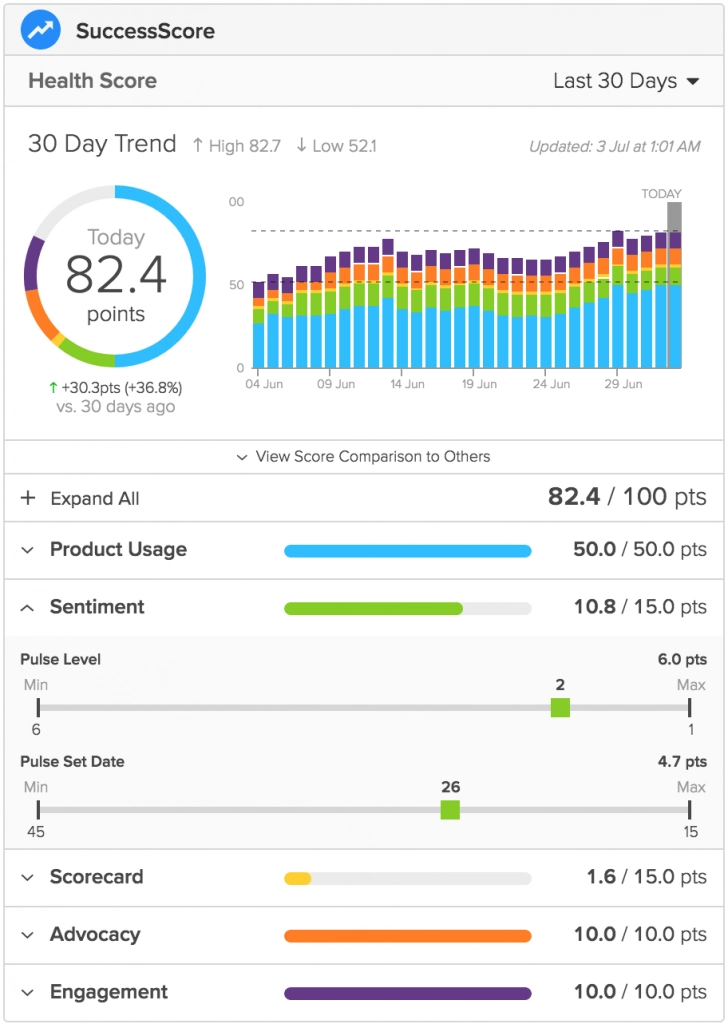When it comes to dealing with customers, there are some situations that can be a little overwhelming for both a customer success manager and the customer in question. For many, onboarding is one of those situations. From the customer side, onboarding typically involves hours or even days of training, meeting new team members, and trying to figure out why a leadership team even invested in a new solution to begin with.
For CSMs and training managers, onboarding can often be chaotic, messy, and even frustrating. Simply put, when onboarding teams and customers aren’t on the same page, these situations typically don’t end very promising.
Here are some actionable ways to deliver amazing SaaS onboarding experiences to customers:
Join customer conversations early.
One of the biggest reasons customer onboarding experiences go off the rails is because end users (the ones typically in onboarding sessions) and even some mid-level managers might not even know why they’re learning a new platform or what value they stand to gain. By joining in customer conversations early on – even during sales conversations – CSMs can start to lay the groundwork with these key customer groups.
Stay organized.
Once customers know why they have to sit in a training room for a day and a half, they’re more likely to be engaged in the content and the practical work. If your team comes off unorganized or unprepared, however, your entire onboarding process can go haywire. Many onboarding teams turn to automated onboarding software or customer relationship management platforms to help manage and organize the onboarding process. With all of your content in one place and clear activities for your end users, your onboarding day will run much more smoothly.
Rely on metrics to gauge success.
It’s easy to end a day of customer onboarding and report back to your manager that you “think that went well”. Unfortunately, these gut feelings aren’t really indicative of how successful a day actually was. Training managers and CSMs should work with managers to identify key metrics and KPIs to track and measure success. By putting metrics in place and tracking real-world activities to each of these KPIs, onboarding teams can be more focused on how they work with customer groups.

Ask for feedback – and take this into account.
It can be daunting to ask customers for their opinion or their take on any customer experience, but this is honestly one of the only ways your team can confidently grow knowing your customers are enjoying their vendor experience. Gathering feedback after an onboarding session can go one of two ways.
First, you can ask customers to fill out a survey or even give in-person feedback on the day of the onboarding.
Second, you can follow-up in the next few days or so and ask for their thoughts and suggestions. A best practice is to take bits of both of these tactics and combine them.
Asking for in-person feedback is good because you gather people’s thoughts as they are happening. But asking for lengthier recommendations after customers have had time to think through their experience might garner more targeted suggestions.
The sales onboarding process is a key factor in establishing long-term customer loyalty and building a strong customer relationship. For many, onboarding is the first introduction end-users will have to a new product and to the customer success team. By implementing these best practice account management tips, your team can leverage the onboarding process to ensure long-term customer retention.
Source: https://www.business2community.com/customer-experience/best-customer-onboarding-experiences-02275030


